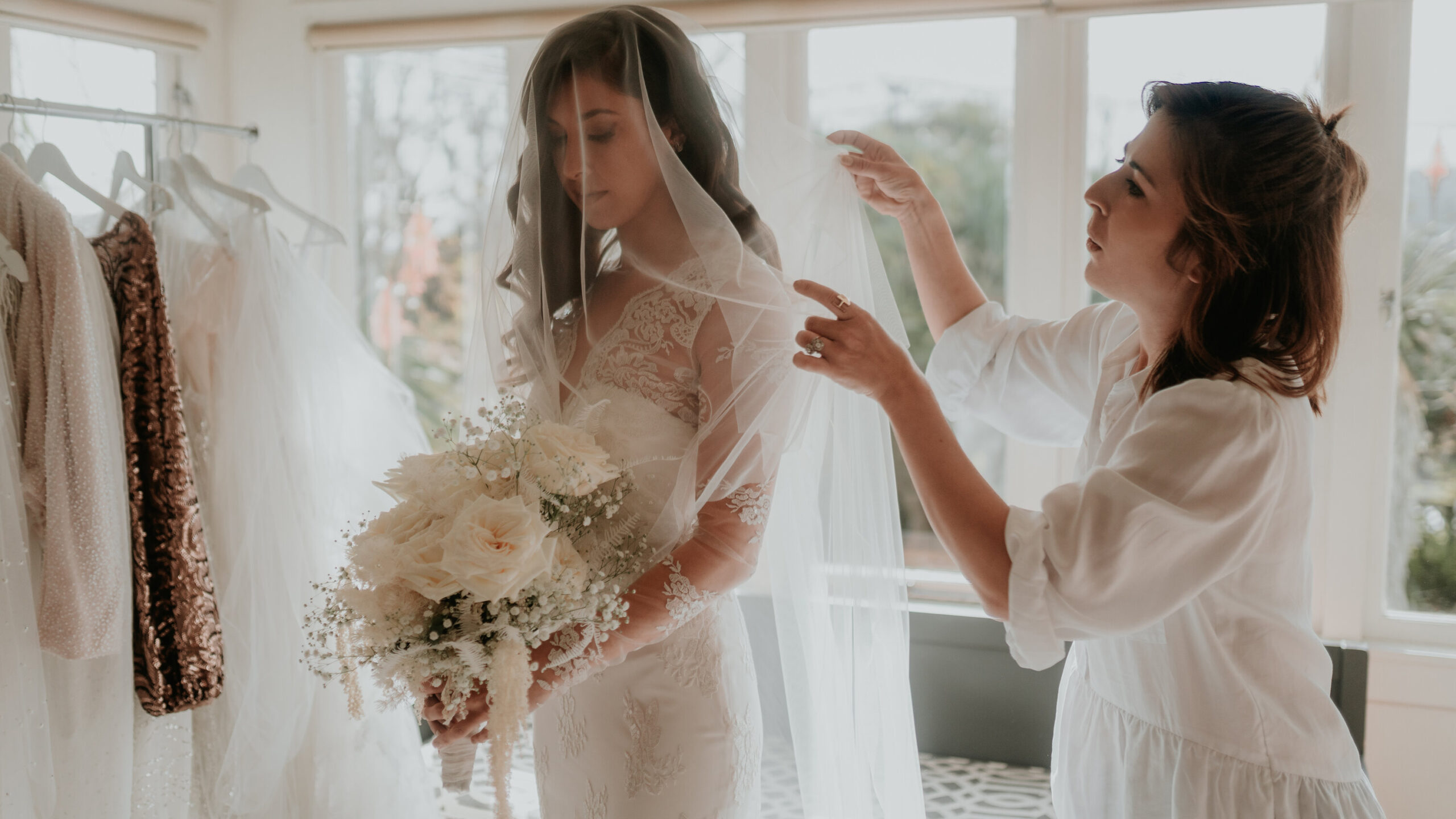The veil, a simple piece of fabric, has woven itself into the fabric of history and culture for thousands of years. From ancient civilizations to modern societies, the veil has served as a symbol of modesty, religious devotion, social status, and even political resistance. This article delves into the diverse roles and meanings of the veil across cultures and eras, shedding light on its complex and often controversial place in society.
Historical Origins and Cultural Significance
The origins of the veil can be traced back to ancient civilizations. In Mesopotamia, as early as 1400 BCE, the veil was a symbol of status and respectability, worn by noble women to distinguish them from slaves and prostitutes. Similarly, in ancient Greece and Rome, the veil signified the marital status and purity of women, while also providing a sense of privacy and protection.
Throughout history, the veil has been associated with various religious and cultural practices. In Judaism, the veil was traditionally worn by women as a sign of modesty and reverence, particularly during prayer and religious ceremonies. In Christianity, the veil has been used by nuns as a symbol of their commitment to God, and by brides as a sign of purity and innocence. In Islam, the veil, or hijab, represents a woman’s commitment to modesty and her faith. However, the specific styles and interpretations of the veil vary widely across different cultures and communities.
The Veil in Islamic Culture
The Islamic veil, or hijab, is perhaps the most widely recognized form of the veil in the world today. The term “hijab” refers not only to the headscarf worn by many Muslim women but also to the broader concept of modesty in dress and behavior. The practice of wearing the hijab is rooted in Islamic teachings, which emphasize the importance of modesty for both men and women.
The styles and interpretations of the hijab vary significantly across the Muslim world. Some women wear a simple headscarf that covers their hair, while others opt for more comprehensive coverings such as the niqab, which covers the face, or the burqa, which covers the entire body. The choice of whether or not to wear the hijab, and the specific style chosen, is influenced by a variety of factors, including cultural traditions, personal beliefs, and social and political contexts.
Contemporary Debates and Perspectives
In recent years, the veil has become a focal point of debates about women’s rights, religious freedom, and cultural identity. In some countries, wearing the hijab or other forms of the veil is a personal choice, while in others, it is mandated by law or social norms. For example, in countries like Saudi Arabia and Iran, women are required to wear the hijab in public, while in France and other European countries, laws have been enacted to restrict the wearing of full-face veils in public spaces.
These debates often center around questions of freedom and autonomy. Advocates for the right to wear the veil argue that it is a personal and religious choice that should be respected and protected. They emphasize that the hijab is a symbol of empowerment and identity for many women, allowing them to express their faith and culture. On the other hand, critics argue that the veil can be a symbol of oppression, used to control and limit women’s freedom and visibility in society.
The Veil as a Symbol of Resistance
In addition to its religious and cultural significance, the veil has also been used as a symbol of political resistance. Throughout history, women have used the veil to challenge social norms and assert their rights. For example, during the Algerian War of Independence, Algerian women used the veil as a symbol of resistance against French colonial rule. Similarly, in Iran, women have used the veil as a form of protest against the government’s strict dress codes and gender-based restrictions.
In recent years, the veil has also been used as a symbol of solidarity and empowerment in feminist movements. In many countries, women have taken to the streets wearing veils to protest against discrimination, violence, and inequality. These actions challenge the stereotypes and misconceptions surrounding the veil, highlighting its role as a powerful tool for social and political change.
Conclusion: The Veil in a Globalized World
In a globalized world, the veil continues to be a complex and multifaceted symbol, reflecting the diverse experiences and perspectives of women across cultures and contexts. As societies become increasingly interconnected, the veil serves as a reminder of the importance of understanding and respecting cultural and religious diversity.
The debates and discussions surrounding the veil are likely to continue, as women around the world navigate the challenges and opportunities of modern life. Ultimately, the veil is a symbol of the enduring human desire for identity, autonomy, and expression. Whether worn as a sign of faith, a symbol of resistance, or a personal choice, the veil remains a powerful and poignant expression of the human experience.
